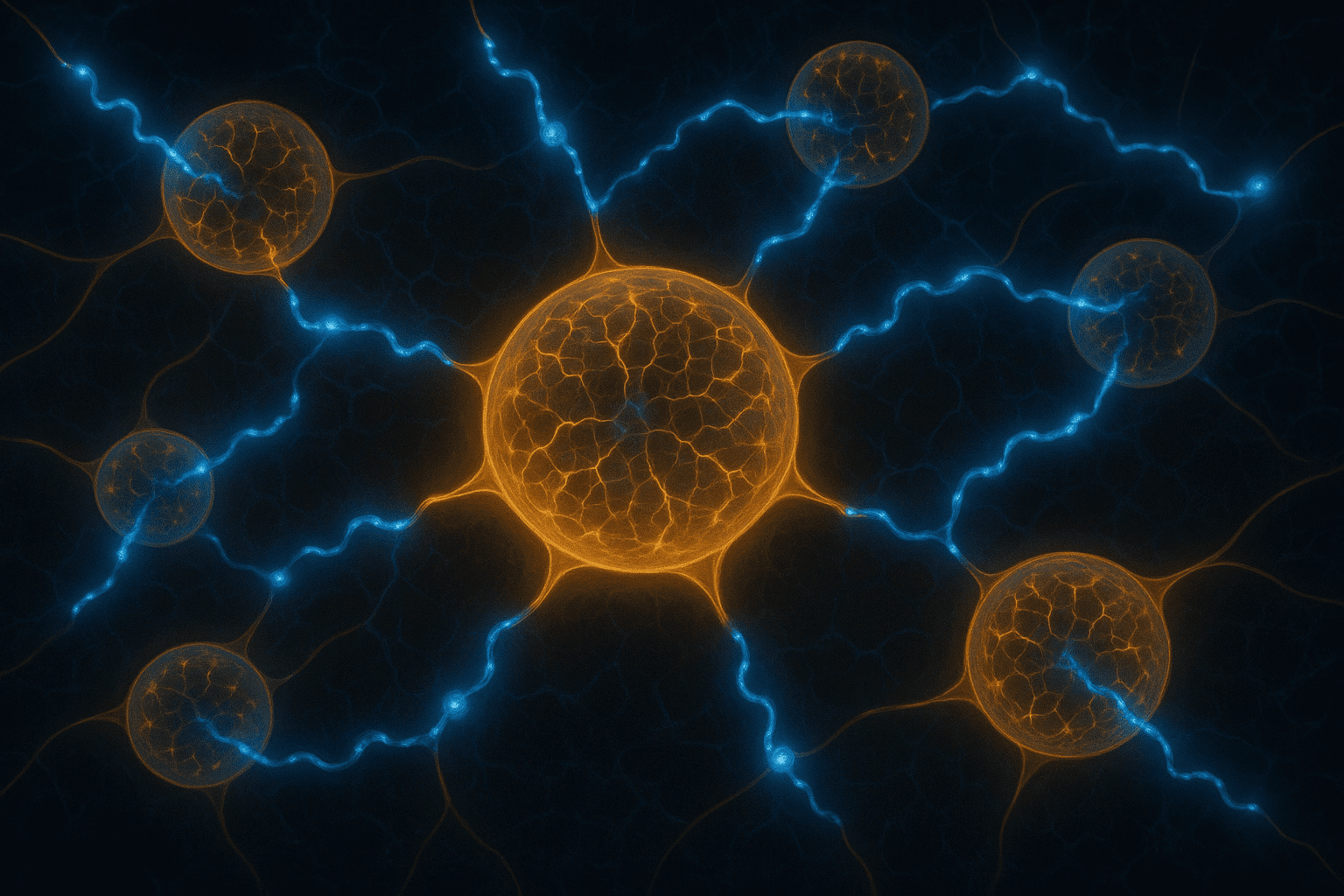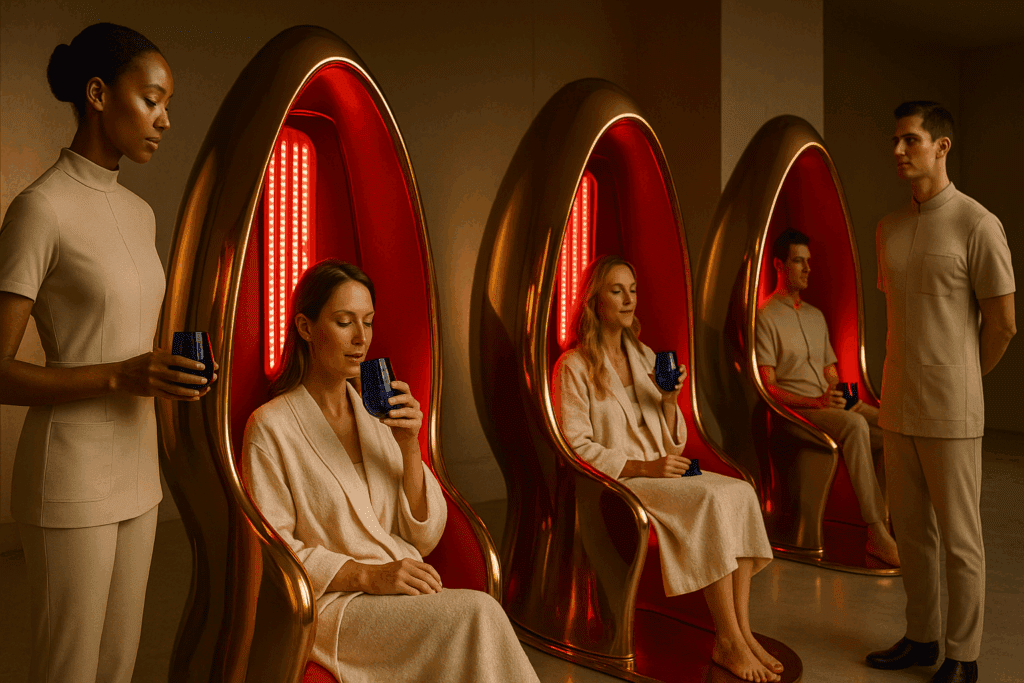Universal Rule of Biology Explains Aging and Offers Longevity Control Strategies
The SAI Framework: A New Lens on Why We Age
Groundbreaking research proposes the Stability-Adaptability-Interface (SAI) as biology’s universal rule governing aging. This paradigm suggests organisms balance cellular stability with environmental adaptability—a dynamic equilibrium that gradually fails as molecular “noise” accumulates. Unlike previous theories focusing on single factors like telomeres or oxidative stress, SAI provides a systems-level explanation: Aging occurs when repair mechanisms can no longer outpace stochastic molecular errors.
Recent studies at the Buck Institute for Research on Aging reveal how SAI manifests across scales: Mitochondrial networks lose metabolic flexibility, epigenetic patterns drift into dysregulation, and senescent cells evade immune surveillance. “SAI isn’t just about damage—it’s about losing the precision of biological communication,” explains Dr. Jennifer Garrison, whose lab models SAI breakdown in human tissue samples.

Molecular Mechanisms: Where Stability Meets Chaos
Three key systems exemplify SAI’s predictive power:
- Proteostasis Collapse: 2023 research in Nature Aging shows misfolded proteins overwhelm chaperone networks by age 60, accelerating neurodegenerative disease risk
- Epigenetic Entropy: Horvath’s epigenetic clock studies demonstrate how methylation patterns lose coherence, correlating with biological age
- Immune Cross-Talk Failure: Stanford’s recent immune atlas project reveals T-cell receptor diversity declines 40% by age 70, compromising pathogen response
Emerging biomarkers now quantify SAI dynamics. Companies like Altos Labs and Calico Life Sciences are developing AI-driven “SAI scores” that integrate proteomic, transcriptomic, and metabolomic data to predict resilience.
Interventional Frontiers: Rebalancing the SAI Equation
Current longevity strategies are being re-evaluated through the SAI lens:
- NAD+ Optimization: Elysium Health’s BASIS trial showed 40% NAD+ elevation improved mitochondrial stability markers in 90 days
- Senolytic Cocktails: Mayo Clinic’s combination of fisetin+quercetin reduced senescent cell burden by 35% in Phase II trials
- Hyperbaric Reboots: Tel Aviv University’s oxygen therapy protocol reversed epigenetic age by 3 years in 60+ subjects
Fashion-forward biohackers are adopting wearable SAI monitors like Levels’ continuous glucose trackers paired with Oura Ring’s recovery metrics. This real-time feedback loop helps users maintain stability during adaptive challenges like exercise or fasting.

Lifestyle Architecture: Designing for Biological Coherence
Modern longevity enthusiasts are curating environments that enhance SAI resilience:
- Circadian Precision: Tesla-style lighting systems that mimic equatorial daylight cycles
- Hormetic Microdosing: Sauna-cryotherapy combos in luxury apartments (75°C to -110°C cycles)
- Nutrient Timing: Chef-crafted “stability meals” rich in spermidine and phycocyanins during adaptation phases
Dr. David Sinclair’s team at Harvard recently demonstrated that time-restricted eating amplifies SAI parameters by 22%, suggesting meal timing may be as crucial as content for maintaining biological equilibrium.
The New Longevity Ethos: Elegance Through Biological Mastery
Understanding SAI transforms aging from an inevitable decline to a dynamic process ripe for intervention. As we learn to recalibrate stability-adaptability dials—through advanced therapeutics, precision environments, and AI-enhanced self-monitoring—the vision of compressing morbidity becomes tangible. The future belongs to those who approach longevity not as a battle against time, but as an artful curation of biological coherence.




